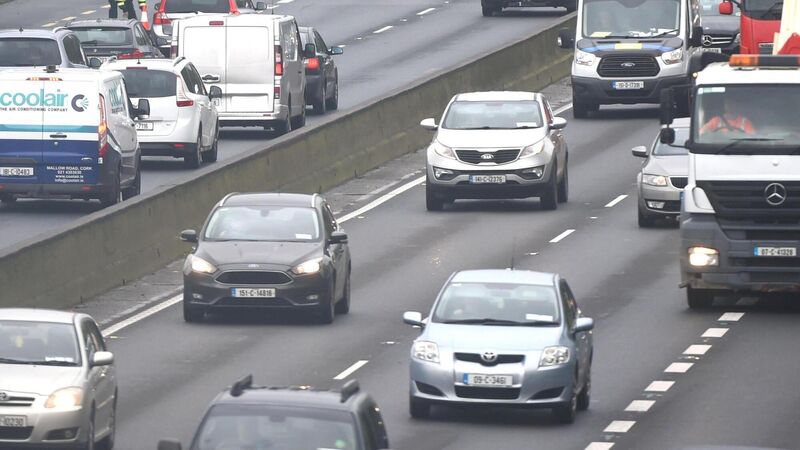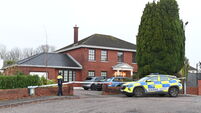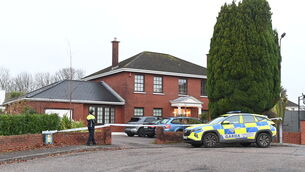Street lights on busy Cork road switched off permanently to save energy

The switching-off of street light at nighttime on the N40 is part of a countrywide project in response to ambitious targets set out in an EU energy efficiency directive. Picture: Larry Cummins.
The street lights on sections of Cork’s busiest road have been turned off permanently in a bid to reduce energy use.
Transport Infrastructure Ireland (TII) has confirmed the recent switching-off of the lights at nighttime at several locations along the N40 South Ring Road, between the Jack Lynch Tunnel and junction 3 west of Ballincollig, is part of a countrywide project in response to ambitious targets set out in an EU energy efficiency directive.
It led to the publication of a series of national action plans, the most recent of which in 2017 set out Ireland’s approach to delivering the 20% energy efficiency savings required by the directive by 2020, and which then set a higher target reduction of 33% for the public sector.
TII first turned off the street lights for a pilot project at the M1 Junction 6 Balbriggan, at the M6 Junction 3 Rochfortbridge, at the M9 Junction 3 Athy, and at the M4 Junction 9 Enfield, in August 2017.
Following a year of monitoring, TII said it found no adverse effects and it began to switch the lights off at other junctions around the country.
But Fine Gael Senator Jerry Buttimer raised concerns about the policy at this week’s meeting of the Cork City Joint Policing Committee (JPC), where he said he had recently noticed how dark sections of the N40 are following the switch-off of the street lights.
He said he understood the environmental issues driving the policy but he said he had genuine road safety concerns as a result.
“Surely we are living in an era where we can use different types of lighting or bulbs to reduce the carbon footprint, rather than turning off the lights totally. Can I ask the JPC to look at that because I think it’s very serious and very dangerous,” he said.
Chief Supt Tom Myers said he was not aware of the TII policy, and would consult with his traffic corps colleagues.
TII told the that up to January 2009, road design standards here did not specifically address lighting requirements and the provision of motorway lighting often included all parts of interchanges, including the full extent of exit and entry slip ramps and the mainline motorway between exit and entry points.
This resulted in about 3km of mainline motorway being lit, at a cost in 2018 prices of €25,000 per junction, when electricity consumption on route lighting on national roads and tunnels represented about 45% of the total electrical energy use for TII.
A spokesman for TII said it was policy that any reduction in lighting should not compromise any aspects of the safety of the road network.
“The provision of a safe and efficient national road network is TII’s main priority and removal of lighting which is surplus to that required under current standards at motorway junctions and planned re-targeting of some of the energy savings to locations where it is justified is consistent with that policy,” a spokesman said.
“In addition, the removal of surplus lighting can bring certain safety benefits.”
He said research had shown additional safety benefits, such as drivers remaining on the mainline not experiencing the need for their eyes to adjust to the light and then more importantly re-adjust for the loss of light, and the removal of unnecessary road lighting columns from the road verge reduces the risk of injury in certain collisions.













